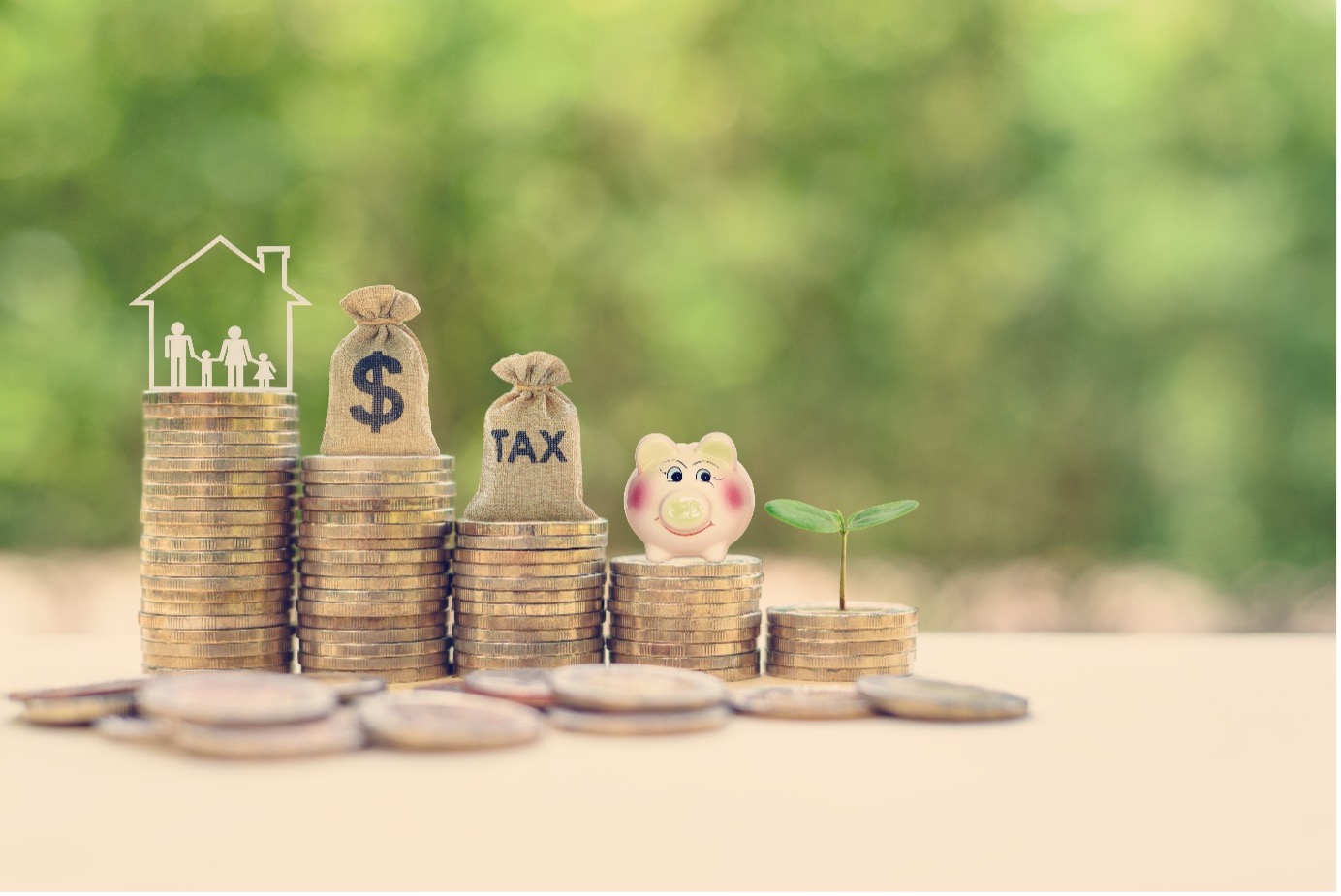It can be great news that you’ve achieved a six-figure income in your working life, but unfortunately you now face some complex financial challenges. This is certainly apparent when it comes to the amount of tax you pay and the level of pension savings you can accumulate.
On the bright side, there are some simple financial changes you can make to help manage your wealth effectively, including making the most of your tax-free personal allowance and annual allowance.
Read on to find out more.
What is the tax-free personal allowance?
The majority of people in the UK can earn up to a certain amount before paying any income tax. This is known as your personal allowance. There is an intricate link between the amount of income tax you pay and your personal allowance.
For the tax year 2021/2022, the personal allowance is a total of £12,570 – meaning when you earn between £0 and £12,570 you do not pay any income tax at all. The more you earn, the more income tax you have to pay:
- Earnings of £12,571 to £50,270 — Basic tax rate of 20%
- Earnings of £50,271 to £150,000 — Higher tax rate of 40%
- Earnings over £150,000 — Additional tax rate of 45%
Once your earnings exceed £100,000, the personal allowance you are entitled to also changes. It reduces by £1 for every £2 of income earned. Therefore, by the time you reach an income of £125,140, you will have lost your tax-free personal allowance completely.
This is where you can be caught in a tax trap, as you earn more. When you exceed a six-figure income, not only are you paying a higher tax rate of 40%, but you also lose a certain amount of your personal allowance, meaning more of your income is liable for tax.
However, with some clever financial planning and by simply using your pension, you can make the most of your tax-free personal allowance and reduce your tax bill.
If you contribute a significant amount to your pension instead, you can reduce your income back down to the £100,000 threshold and reclaim the full amount of your tax-free personal allowance. What’s more, you can also benefit from the tax relief you can claim on your pension savings.
Pension annual allowance
When considering using your pension as part of a financial plan and reducing your level of income tax, you will also need to understand the annual allowance, and how this can change for a high earner. This can help to avoid some accidental taxation at the end of the tax year.
The annual allowance is the amount you can pay into your pension pot and benefit from tax relief. This essentially is a bonus from the government for saving for your retirement. You can use an online pension tax relief calculator to work out how much you’re entitled to.
Within a tax year, you can usually pay up to a £40,000 annual contribution into your pension (or the equivalent of your earnings in that tax year, whichever is lower). However, this is tapered for high earners. This means that if you earn in excess of £240,000 – including your employer’s pension contributions – your annual allowance is tapered by £1 for every £2 earned. This goes down to the minimum annual allowance of £4,000, if your income and employer pension contribution total more than £312,000 per annum.
There is also a lifetime allowance of £1,073,100, which is the total amount you can hold in pensions over a lifetime – as the name would suggest. In these financial circumstances when you’re earning a high income, it is essential to work with a financial advisor to ensure that you’re making the most of tax efficient vehicles and managing your wealth effectively.
—
As previously mentioned, when it comes to reducing your tax bill, and making the most of your tax-free allowances, it is always best to consult with a financial advisor. They can help you achieve your financial goals and suggest viable strategies, to suit your particular income and circumstances.
Disclaimer: Information is correct to the best of our understanding as at the date of publication. Nothing within this content is intended as, or can be relied upon, as financial advice. Capital is at risk. You may get back less than you invested.



 Bitcoin
Bitcoin  Ethereum
Ethereum  Tether
Tether  XRP
XRP  Solana
Solana  USDC
USDC  TRON
TRON  Cardano
Cardano  Lido Staked Ether
Lido Staked Ether  Avalanche
Avalanche  Toncoin
Toncoin